1. OVER-GRINDING THE CANNABIS
While some cannabis experts suggest grinding the cannabis in a coffee grinder or food processor, there are actually more compelling arguments for not doing so. Reducing the cannabis buds to an overly-ground powder gives the food a flat grassy taste that is often not enjoyable, and can also make the butter or oil a shade of murky dark green.
Use a coarser grinder instead – ideally, aim for a coarse sea salt consistency.
2. USING RAW CANNABIS TO COOK
Perhaps the most common mistake that beginners make is to try and cook using raw cannabis.
The activation of THC and / or CBD in cannabis requires heat - a process that is referred to as decarboxylation. Whilst achieving it sounds complicated, it's actually extremely simple. First, preheat the oven to 110-120°C. Spread the ground buds onto a baking sheet and bake for about 1 hour. Be sure to stir them about every 15 minutes or so - the aim is to activate the cannabis' compounds, not to burn them to ruin.
When making cannabis butter, remember that the temperature should be low and constant over a length of time, for which slow cookware is perfect ( if available ). Remember: The bud must be decarboxylated prior mixing it with the fat.
3. SPENDING A LOT OF MONEY ON BUDS FOR COOKING
Many beginners waste a lot of buds when they first start out experimenting in the kitchen, when actually a little will do. Usually, huge amounts of cannabis are not needed to achieve the desired effect. Unlike with vaping or smoking, you don't just need to use premium buds.
Valuable cannabinoids are also to be obtained from the stems, trim, leaves and shake. The latter refers to the pieces left at the very bottom of the bag, which often contains a mixture of several types of cannabis. In fact, in the United States in particular, commercial kitchens often use a mixture of buds for cooking, so if possible, consider that, too. Keep the first-class premium product for smoking.
4. FORGETING TO ADD SOME WATER TO THE OIL OR BUTTER
Whilst some will say that this is a no-no, adding water to the solution is actually a great trick. This way the butter / oil will not burn and cause the cannabinoids to break down irreparably.
Whilst there is not a precise quantity of water that needs to be used, adding about as much water to the mixture as oil or butter is always preferable. The water will boil off and evaporate, and the difference in the "washed" end product will be significant: it will not be a murky green in colour.
5. OVER SQUEEZING THE MIXTURE
Cannabis butter needs to be strained slowly and carefully after it has infused.
Muslin or cheese cloth are the most ideal filters, as they allow only the oil to pass through. Be cognisant of not to squeezing too hard in an attempt to drain out every last drop, as excess plant material may then get into the mixture. Rather, employ more gentle methods and place the chosen filter with mixture over a large bowl, so that gravity does the job.
6. INSUFFICIENT MIXING AND DISTRIBUTION
If you add fortified butter or oil to any recipe, it is important to make sure that it is evenly distributed everywhere. Otherwise, some will end up feeling little to nothing, whilst others may end up as high as a kite. Stir in the food, and then stir again for good measure.
7. FAILING TO TEST HOW POTENT THE MIXTURE IS PRIOR TO COOKING
Cooking cannabis at home doesn't have to be a high stress affair.
Especially when trying out a recipe you are unfamiliar with, testing its potency is crucial. Before cooking, check how strong the mixture is. Consume a teaspoon of the freshly fortified fat. Wait for around an hour and evaluate the effects it has had on you. This will help to evaluate how strong your dose actually is. Another way of testing, is to add the prepared mixture as a “sauce” or topping over food, and see how potent it is when consumed together with it. This enables you to adjust the dose and assess the effects when taken with food, as well as seeing the time it takes for it to take effect.
8. BEING UNAWARE OF HOW TO PROPERLY UTILISE CONCENTRATES
Cooking with pre-prepared concentrates is a skill that requires some work to ensure success. Using kief to cook is both easy and enjoyable. Its fine consistency dissolves almost immediately, often at room temperature, in both fats and liquids. Hash, on the other hand, will require a little preparation – its consistency dictates this somewhat. Dry hash can be ground in a blender or food processor, whereas the stickier varieties should be heated up until they melt. It is important to remember that cannabis concentrates are significantly more potent than standard normal buds, so significantly less will be required to achieve the same effectiveness. This is especially true for modern concentrates such as waxes, oils, and so on.
9. NOT KNOWING PROPER PORTION SIZES
In order to know how effective a portion of your edible will be, it is essential to calculate the doses. Most buds today contain an average of 15 to 20% THC, but how does that translate after cooking with them? In a hypothetical world where 100% of a plant's THC is transferred to the food, a strain containing 20% THC would equal something like this:
1g of bud = 1000mg of dry weight = 200mg of THC
But, as we don't live in a world of 100% transfer - we can actually expect 50% of a bud’s strength to transfer to the food.
So, in order to get 20 servings of food from a 20% of THC plant, you will require about 2 grams of buds.
10. CHOICE OF STRAIN
Just like when you smoke, different strains generate different effects. Although this is somewhat related to plant genetics (indica vs sativa etc.) the specific terpene and cannabinoid profiles also play a major role here.
Terpenes are those elements that are responsible for a plant’s taste an aroma. As more is being learned about cannabis all the time, we are also discovering that terpenes play a major role in the effects of cannabis, too. What is known, is that there is a phenomenon whereby a chemical synergy occurs between different cannabis compounds when consumed together.
This is the case with both terpenes, CBD, THC, as well as countless other compounds that exist within the plant.
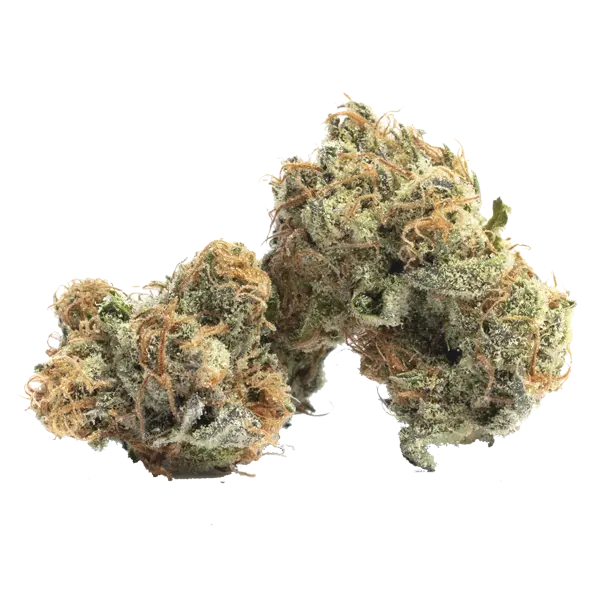


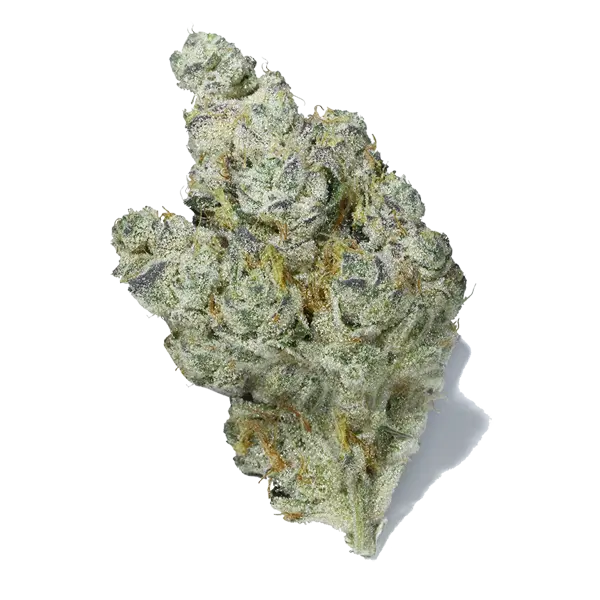
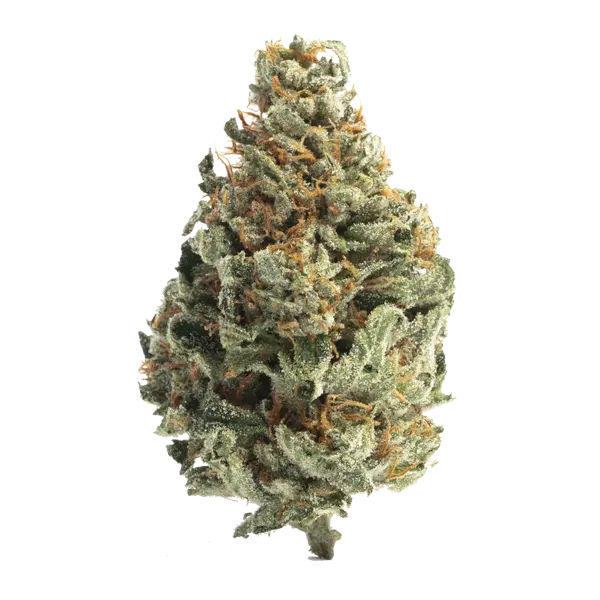
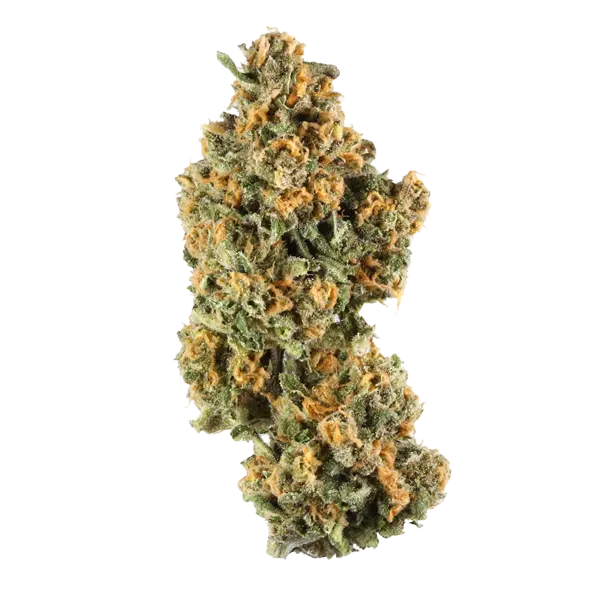

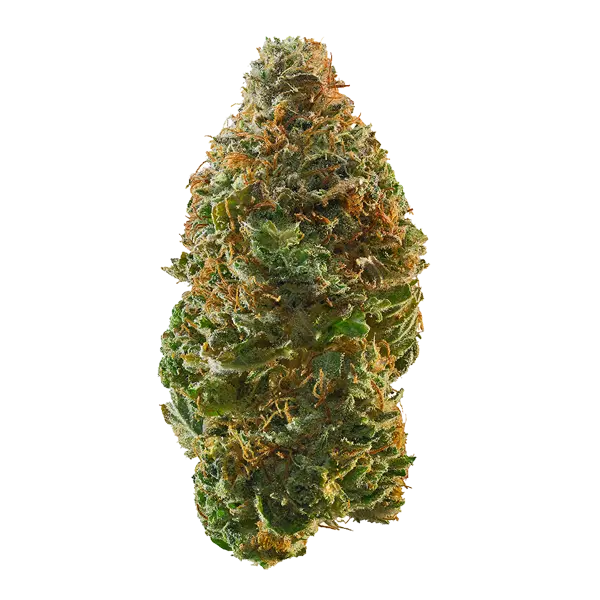

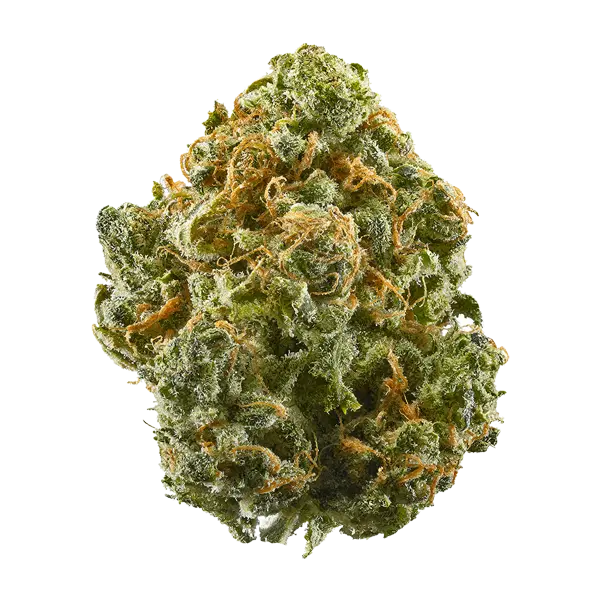







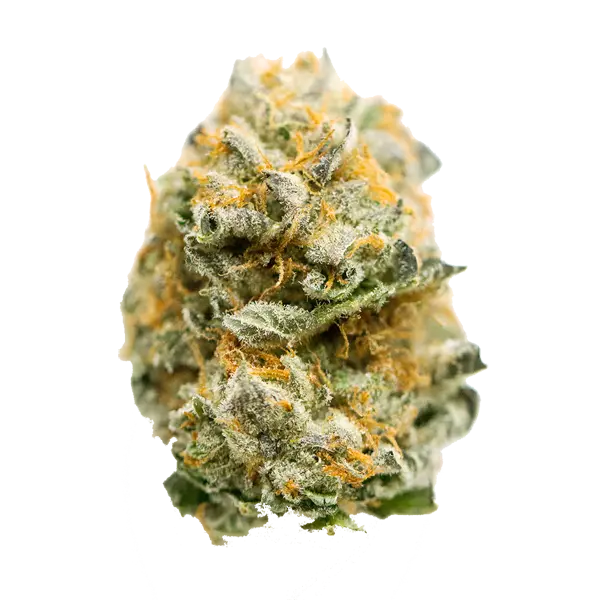
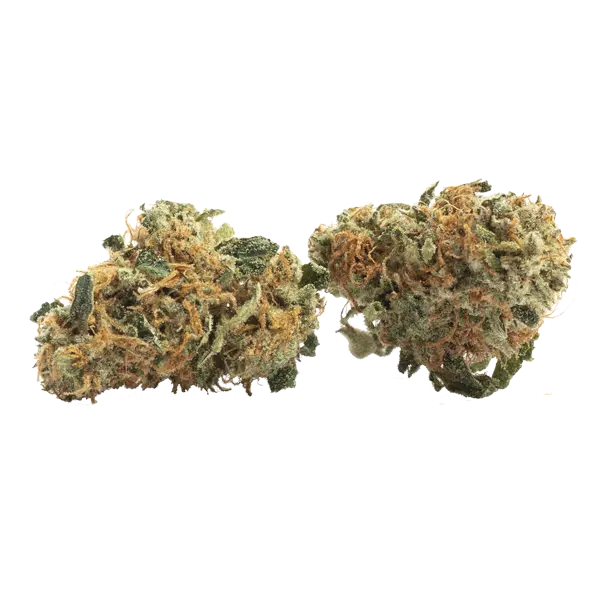
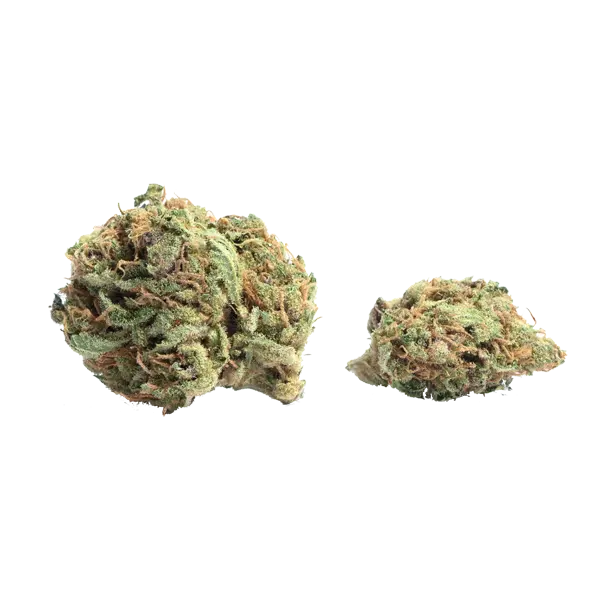







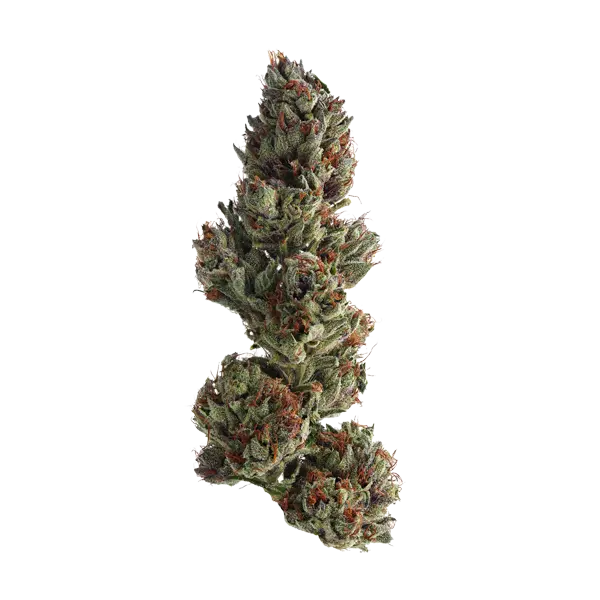



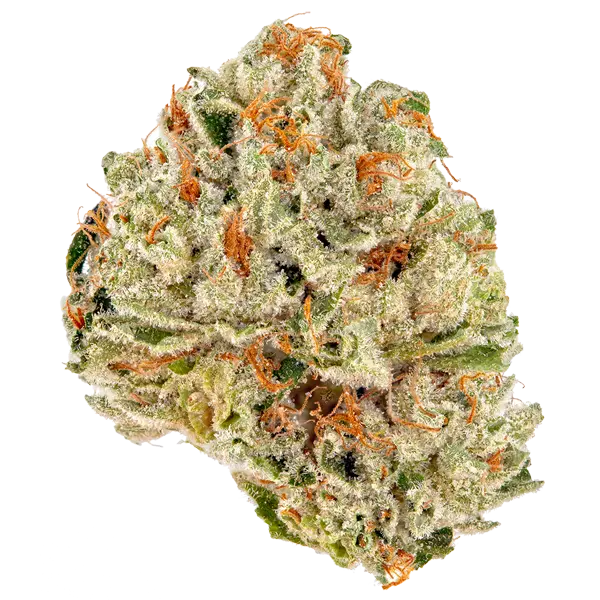
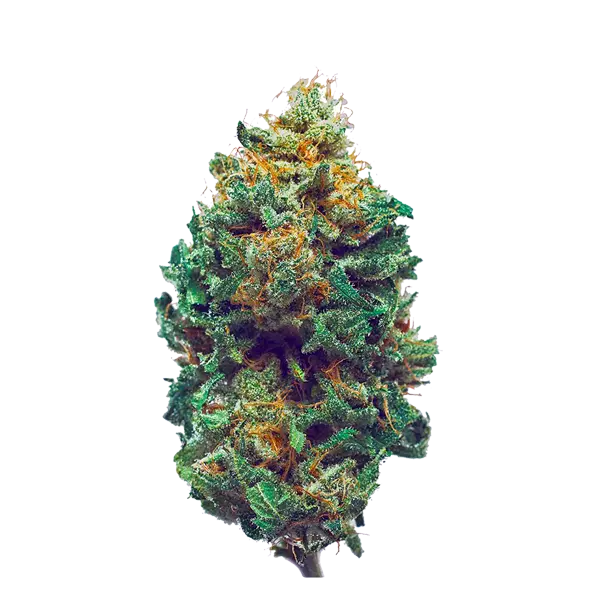
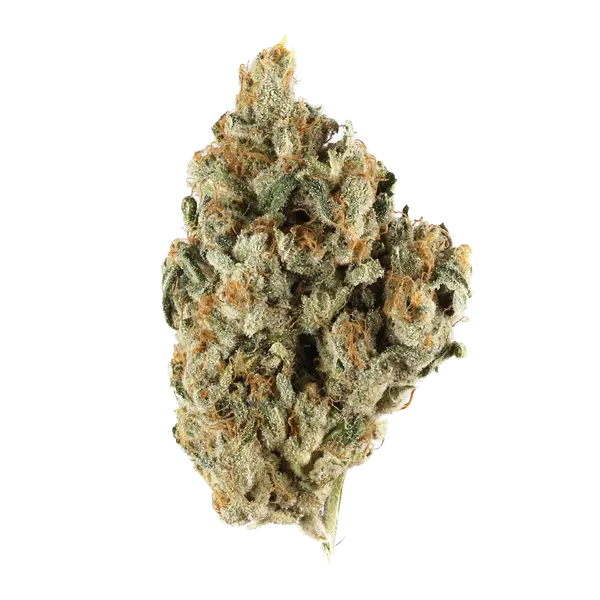

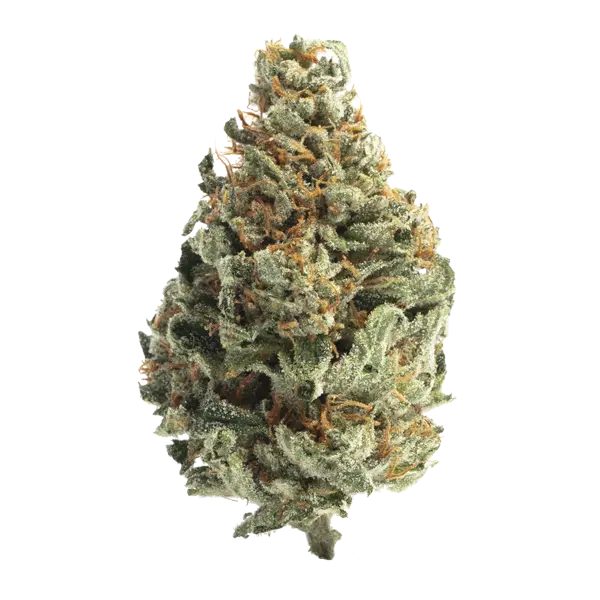
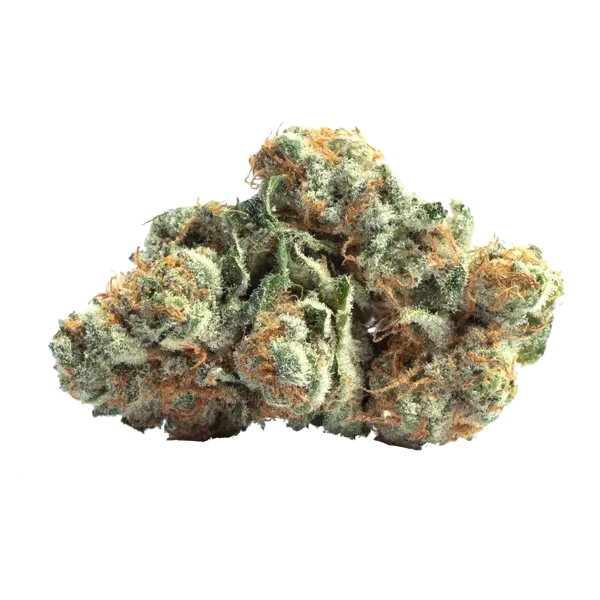
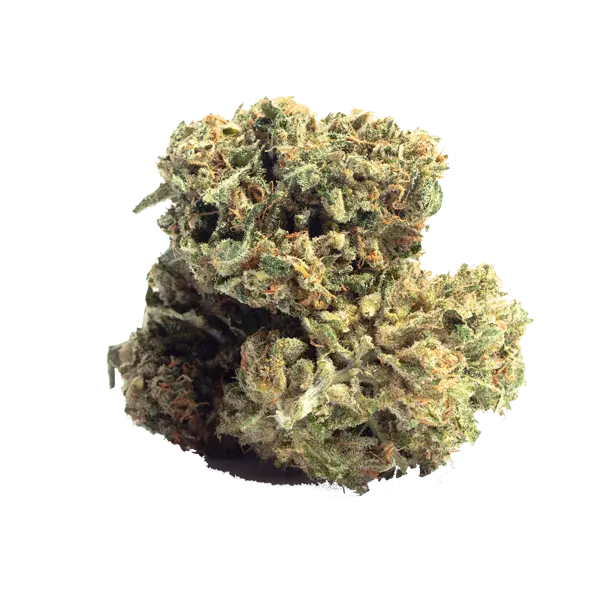
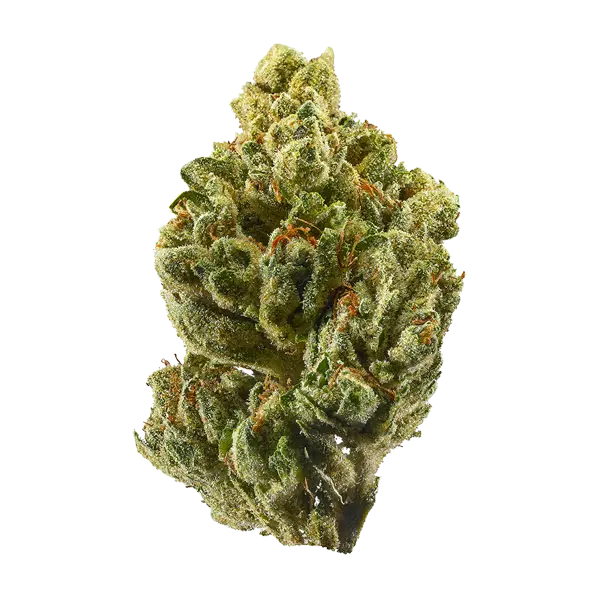
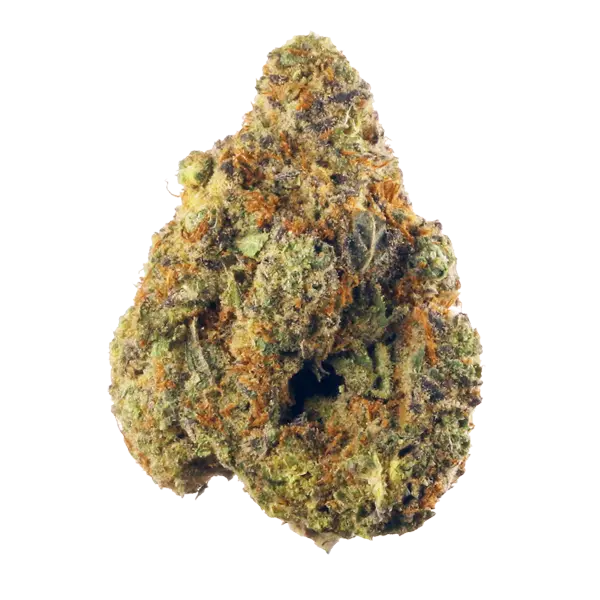
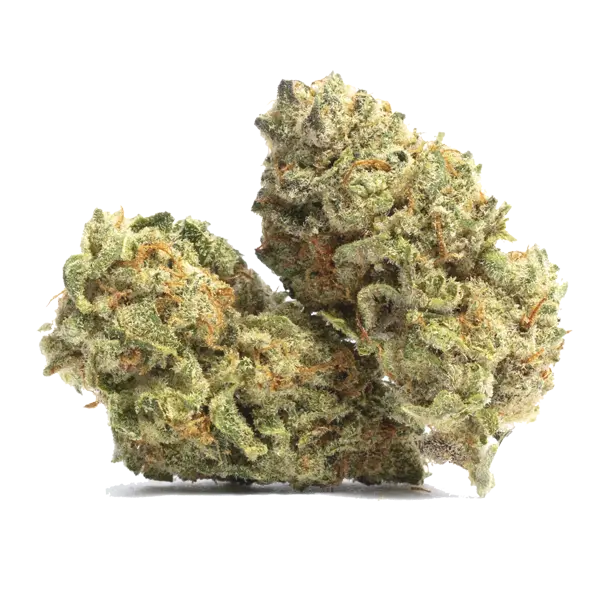
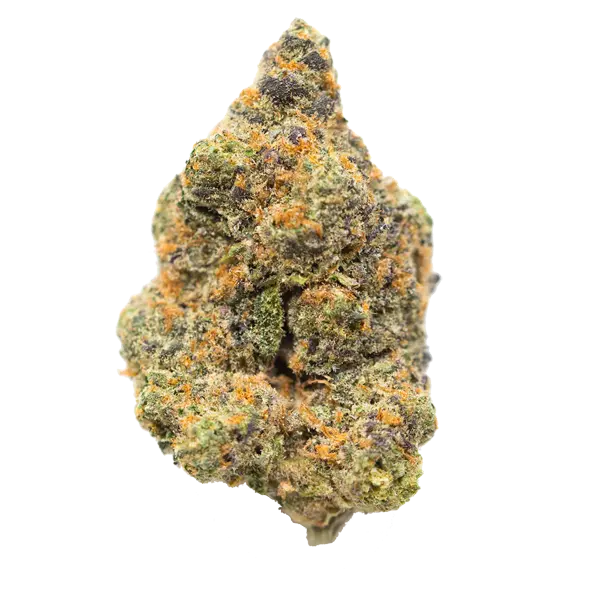

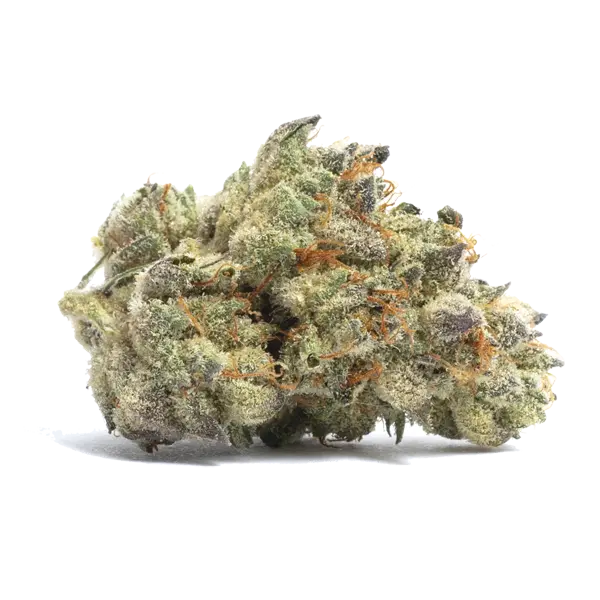
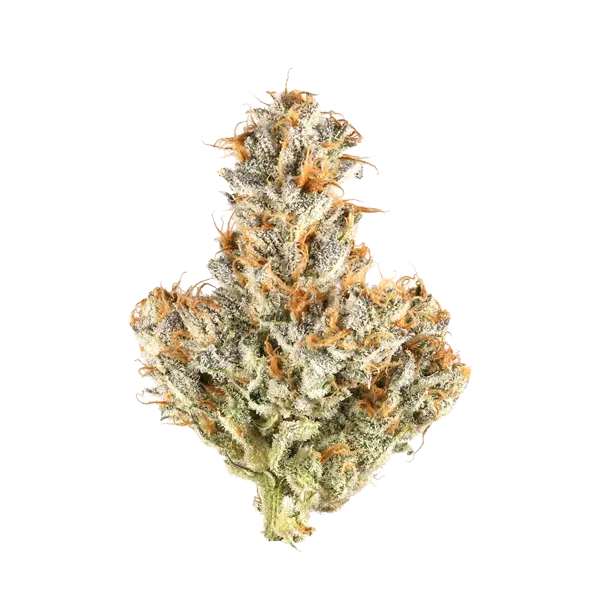


















 The Top 10 Tobacco Replacements
The Top 10 Tobacco Replacements Learning How to Grow Autoflowering Strains
Learning How to Grow Autoflowering Strains








